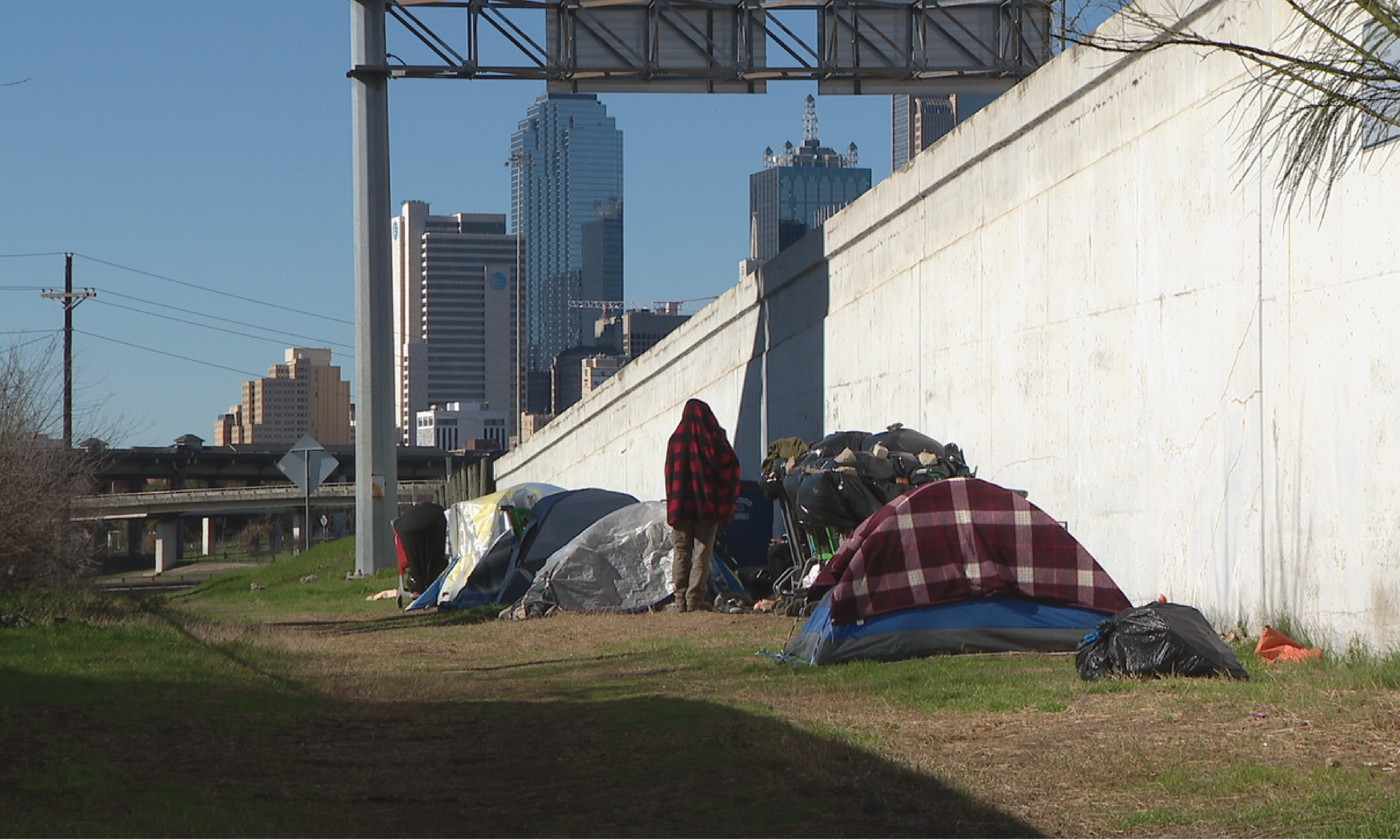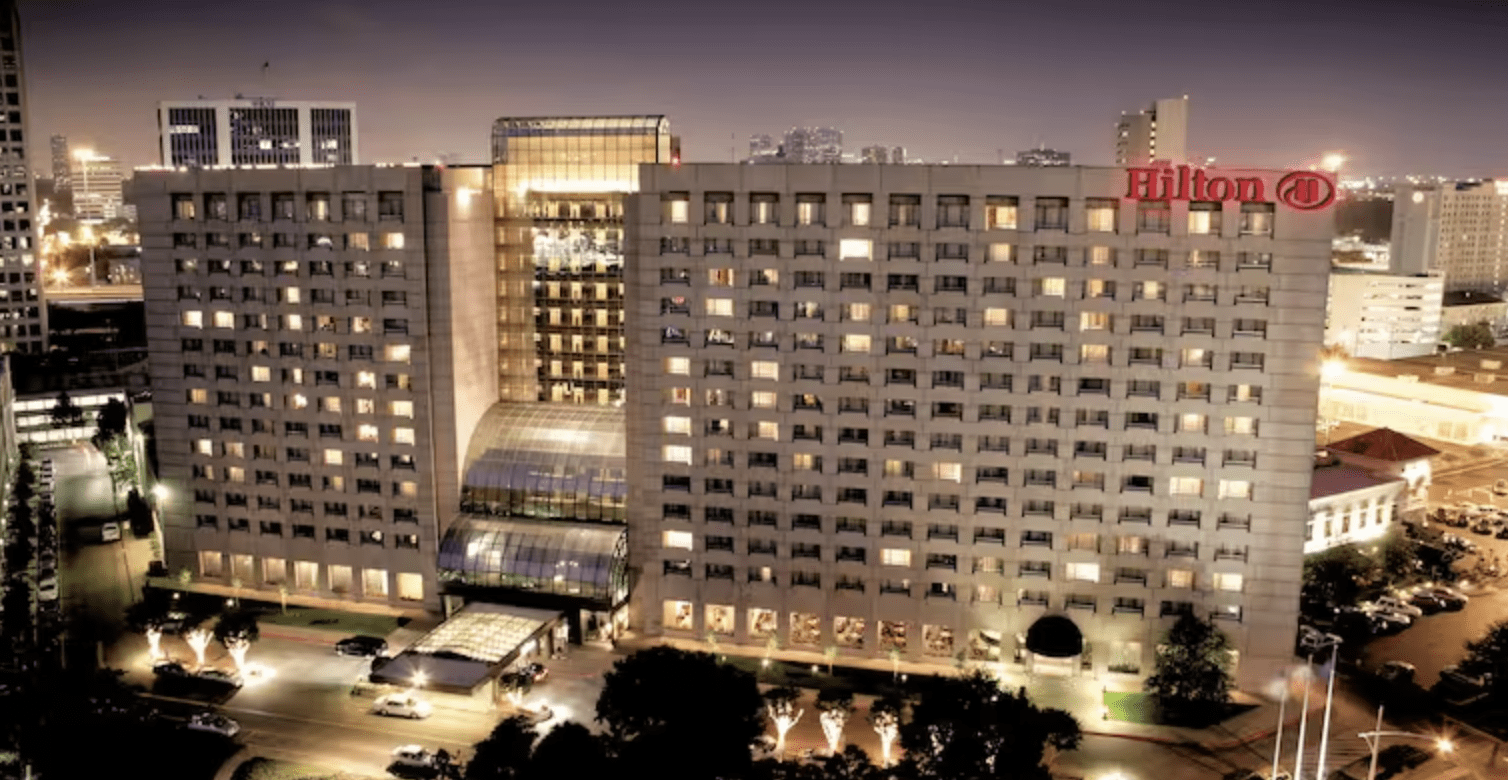The Dallas City Council will soon consider a $4.1 million addition to Dallas’ 2024 budget for the city to address its homeless encampment struggle.
The budget proposal, brought by City Manager T.C. Broadnax, would spend $1.5 million into dissolving and “decommissioning” severe homeless encampments, $1.5 million to build fences to keep homeless people out of “encampment-prone” areas such as highway overpasses and bridges, and $1.1 million to “clean” up encampments.
This proposal comes just over a month after the Dallas City Council voted in favor of spending $3 million to assist homeless residents with finding housing.
The city will begin clearing and cleaning homeless encampments, and will prevent homeless individuals from creating more encampments in certain areas.
“The message this budget sends is this is a priority for the City of Dallas,” said Peter Brodsky, the board chair of one of Dallas’ largest homelessness nonprofits. “We are going to continue to address the unsheltered homelessness in our community and ensure our city doesn’t allow the problem to become out of control as it has in other cities.”
Dallas Mayor Eric Johnson has emphasized his goal of addressing the homeless epidemic in the city over his term.
This is what effective city leadership looks like
Once again, bravo @Johnson4Dallas https://t.co/MIZtSRC1L2
— Matt Mackowiak (@MattMackowiak) August 8, 2023
This February, Johnson launched the “HOPE” task force, which focuses on homelessness, organizations, policies, and encampments.
An important step of this process, according to the co-chairs of HOPE, is to emphasize the “decommissioning” of existing homeless encampments.
“It’s very different than just shutting it down and telling people to move along,” said one of the co-chairs, Ellen Magnis.
“Decommissioning means you’re going in with a workforce of trained professionals,” Magnis continued. “You’re building relationships with those people who are living outside, and you’re trying to determine what their needs are and what kind of housing is best for them.”
“Decommissioning is an encampment closure that closes the site through a 40- to 8-week process wherein area unsheltered residents are engaged in the housing process by the R.E.A.L. Time Rapid Rehousing (RTRR) Initiative,” said Catherine Cuellar, the city’s communications director. “The result is a sustainably closed site, with all individuals housed, breaking the cycle of homelessness.”
City officials deem it imperative to take care of hazardous materials and thoroughly clean all human waste from homeless encampments.
“It doesn’t do any good for us to close an encampment if the city then doesn’t have any budget to clean it out, put up a fence to make sure no one comes back, and then have police officers to patrol it,” said Brodsky, who also co-chairs HOPE.
Part of the city’s proposed 2024 budget will go toward hiring necessary individuals to clean the encampments.
They also believe fencing the areas will prevent homeless individuals from returning to the site to set up camp once again, effectively “decommissioning” the area.
As of 2021, Dallas was ranked in the top five Texas cities with the highest homeless population, alongside Austin and Houston.
- Dallas – 4,471 total, 332 per capita
- Houston – 3,055 total, 131 per capita
- San Antonio – 2,932 total, 196 per capita
- Austin – 2,506 total, 260 per capita
- Fort Worth – 1,234 total, 131 per capita
- El Paso – 809 total, 118 per capita
The homeless population in Dallas increased by 35 percent from 2015 to 2023. However, 2023’s homeless population was slightly less than the year prior.
Dallas City Council will vote on the budget in September.
No ads. No paywalls. No government grants. No corporate masters.
Just real news for real Texans.
Support Texas Scorecard to keep it that way!





